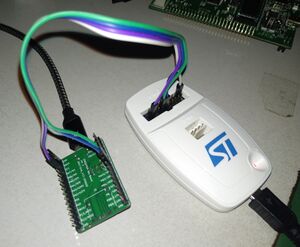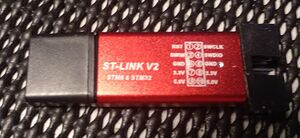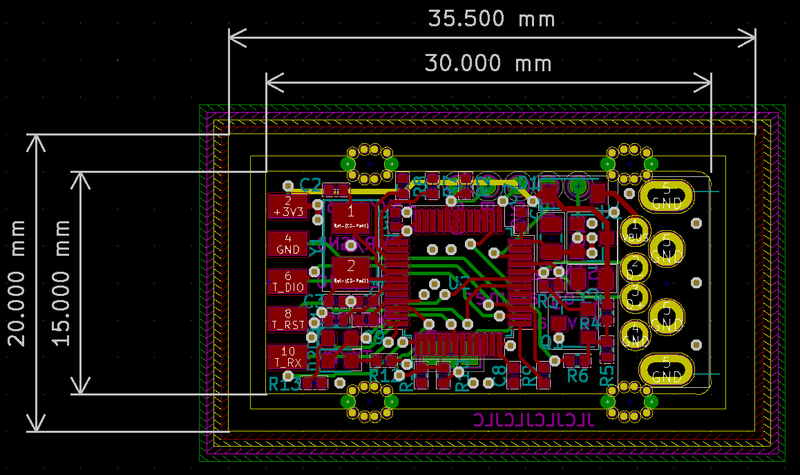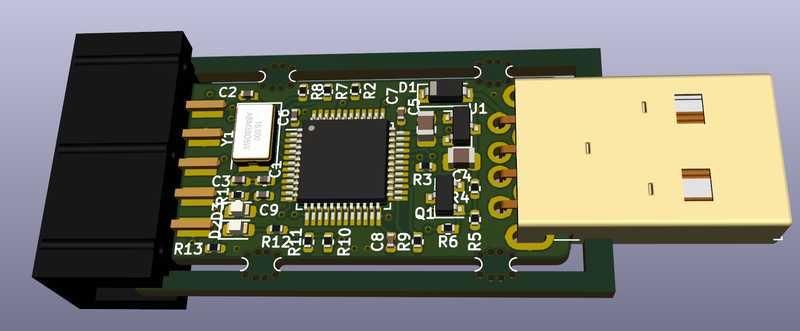Difference between revisions of "DIY STM32 Programmer (ST-Link/V2-1)"
| Line 6: | Line 6: | ||
One thing that annoys me with the original ST-Link devices is that the programming header is unlabelled. This essentially mean that every time I use it I have to Google for the actual pinout. | One thing that annoys me with the original ST-Link devices is that the programming header is unlabelled. This essentially mean that every time I use it I have to Google for the actual pinout. | ||
| + | |||
| + | Also, the ones I've got (the one in the photo to the right) are ST-Link/V2 devices. | ||
{{Clear}} | {{Clear}} | ||
| Line 11: | Line 13: | ||
There are also a lot of Chinese clones available and while they have some limitations they also work quite well. | There are also a lot of Chinese clones available and while they have some limitations they also work quite well. | ||
| − | Unfortunately they do not have the SWO pin on the header, so any debug trace is impossible. For flashing and normal debugging they work fine though. | + | Unfortunately these devices are also ST-Link/V2 devices, and they do not have the SWO pin on the header, so any debug trace is impossible. For flashing and normal debugging they work fine though. |
| + | |||
| + | In short, the ST-Link/V2.1 devices offer a few extra features: | ||
| + | |||
| + | # Serial Wire Trace (SWO) | ||
| + | # Virtual serial port | ||
| + | # Mass storage | ||
== Original ST-Link V2.1 == | == Original ST-Link V2.1 == | ||
Revision as of 04:19, 13 July 2021
ST-Link devices are almost essential when developing software for the STM32 MCUs. They are relatively cheap and easily available.
They roughly fall into two different categories. ST themselves make a number of them and they all work quite well.
One thing that annoys me with the original ST-Link devices is that the programming header is unlabelled. This essentially mean that every time I use it I have to Google for the actual pinout.
Also, the ones I've got (the one in the photo to the right) are ST-Link/V2 devices.
There are also a lot of Chinese clones available and while they have some limitations they also work quite well.
Unfortunately these devices are also ST-Link/V2 devices, and they do not have the SWO pin on the header, so any debug trace is impossible. For flashing and normal debugging they work fine though.
In short, the ST-Link/V2.1 devices offer a few extra features:
- Serial Wire Trace (SWO)
- Virtual serial port
- Mass storage
Original ST-Link V2.1
The schematic of the original ST-Link is readily available
Schematics
Based on ST's original schematics, creating a version using only parts from JLCPCB's parts library was easy.
One thing I left out was the serial resistors of the programming header. This might very well come back and bite me in the ass but space is going to be at a premium.
PCB
The final rev. a layout looks like this:
The KiCAD 3D model:





